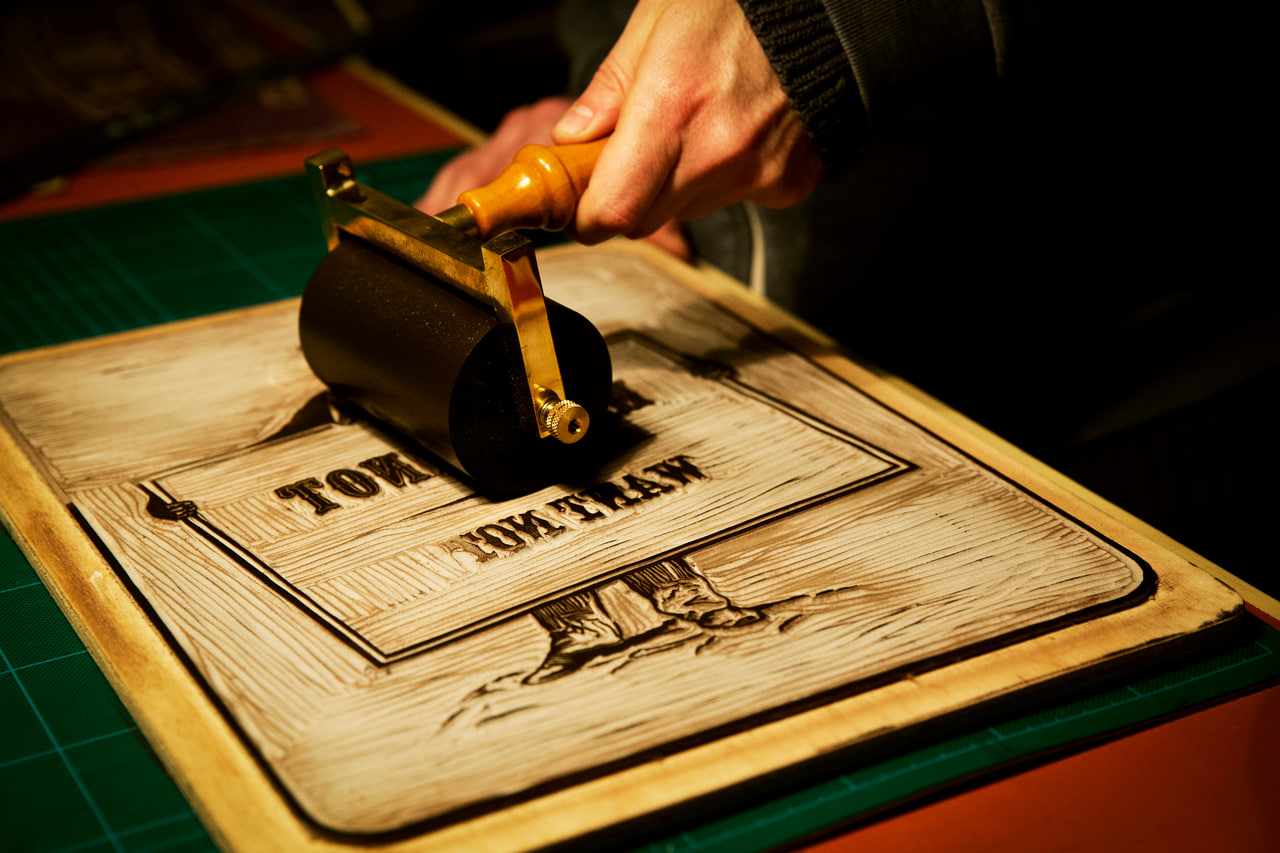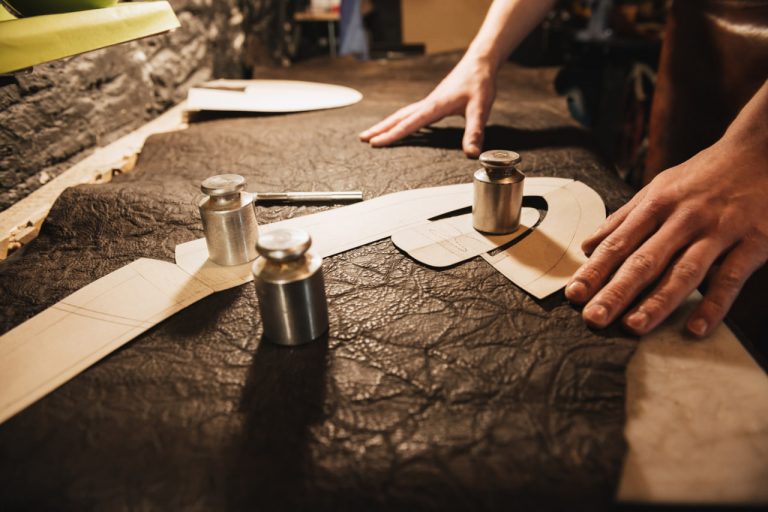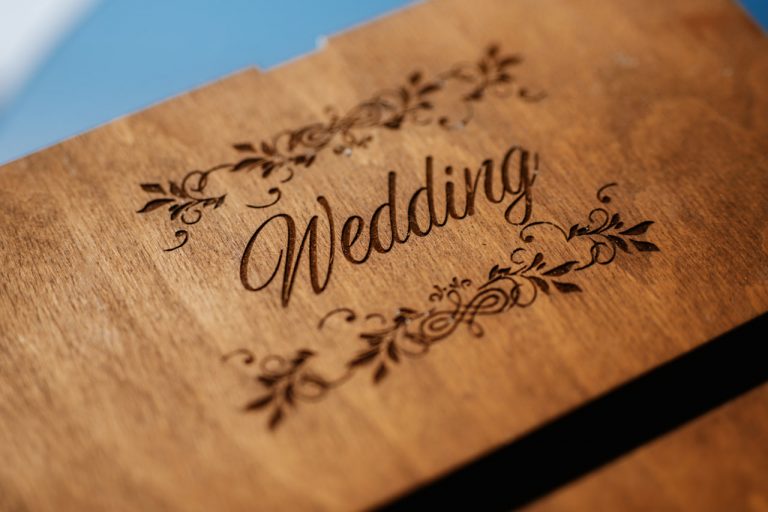Book Appointment Now

Exploring Wood and Leather: Choosing the Right Material for Your Project
Understanding the Qualities of Wood
Wood is a versatile material in engraving and embossing, offering a natural beauty, warmth, and texture that enhances any design. Each type of wood has unique characteristics, including grain patterns, color variations, hardness, and durability. Hardwoods like maple, oak, and walnut are ideal for detailed engraving due to their density and resistance to wear. Softer woods, such as pine or basswood, are easier to carve but may show wear over time. Choosing the right type of wood ensures that your project balances aesthetic appeal, durability, and ease of working.
Considering Wood Grain and Texture
The grain and texture of wood play a significant role in how your design will appear. Straight-grained woods provide a smooth surface that is easier to engrave with precision, while more pronounced or irregular grain patterns can create natural highlights and depth in the design. Wood color also affects the contrast of engraved or embossed patterns, influencing the visibility and impact of the artwork. Understanding these natural variations helps artisans select the most suitable wood for both the style and function of the piece.
Selecting the Right Leather
Leather offers flexibility, durability, and a tactile quality that makes it ideal for embossing and personalized designs. Different types of leather, such as full-grain, top-grain, and genuine leather, vary in texture, thickness, and finish. Full-grain leather is the most durable and develops a rich patina over time, making it excellent for high-quality, long-lasting items. Top-grain leather offers a smoother surface suitable for intricate embossing, while genuine leather provides affordability and versatility for simpler projects. Choosing the appropriate leather ensures that your design can be executed effectively and will maintain its quality over time.
Leather Thickness and Finish
The thickness and finish of leather significantly affect its suitability for embossing and engraving. Thicker leather provides depth for bold impressions and can withstand heavier tooling, while thinner leather is ideal for delicate patterns or smaller items. The finish—whether matte, polished, or treated—also impacts the appearance and durability of the design. A smooth, even surface allows for crisp and clear impressions, while textured or distressed leather adds character and enhances the tactile quality of the project.
Matching Material to Project Type
Selecting the right material depends on the intended use and style of the project. Wood is excellent for plaques, decorative panels, boxes, and larger items where structural integrity and visual impact are key. Leather is ideal for journals, wallets, belts, and wearable items that require flexibility and a soft touch. Understanding the end use ensures that the chosen material supports functionality while allowing the design to shine.
Durability and Longevity Considerations
Both wood and leather require attention to durability to ensure that the finished project lasts. Hardwoods and full-grain leathers offer longevity and resistance to wear, while softer woods and thinner leathers may need careful handling or protective finishes. Considering environmental factors such as moisture, sunlight, and temperature changes helps in selecting materials that will endure and maintain their aesthetic qualities over time.
Surface Preparation for Best Results
Proper surface preparation enhances the final appearance of engraving or embossing. For wood, sanding and smoothing remove imperfections and allow for crisp lines and detailed patterns. Applying a protective finish, such as oil, wax, or varnish, can enhance grain patterns and protect the design. For leather, cleaning, conditioning, and sometimes dampening the surface prepares it for embossing, ensuring that impressions are clear, even, and long-lasting.
Aesthetic and Creative Choices
The choice between wood and leather also influences the creative possibilities of a project. Wood offers natural warmth, rigidity, and a variety of grain patterns that complement traditional and modern designs. Leather provides flexibility, softness, and a tactile experience that adds depth to embossed or engraved motifs. Considering color, texture, and overall style helps artisans make choices that enhance the visual and emotional impact of the finished piece.
Combining Materials for Unique Projects
Many artisans combine wood and leather in a single project to leverage the strengths of both materials. For example, a wooden box with a leather-inlaid lid or a journal with wooden covers and leather binding creates contrast and visual interest. Thoughtful combination of materials allows for innovative designs, balancing durability, texture, and aesthetic appeal while expanding the creative potential of engraving and embossing techniques.



